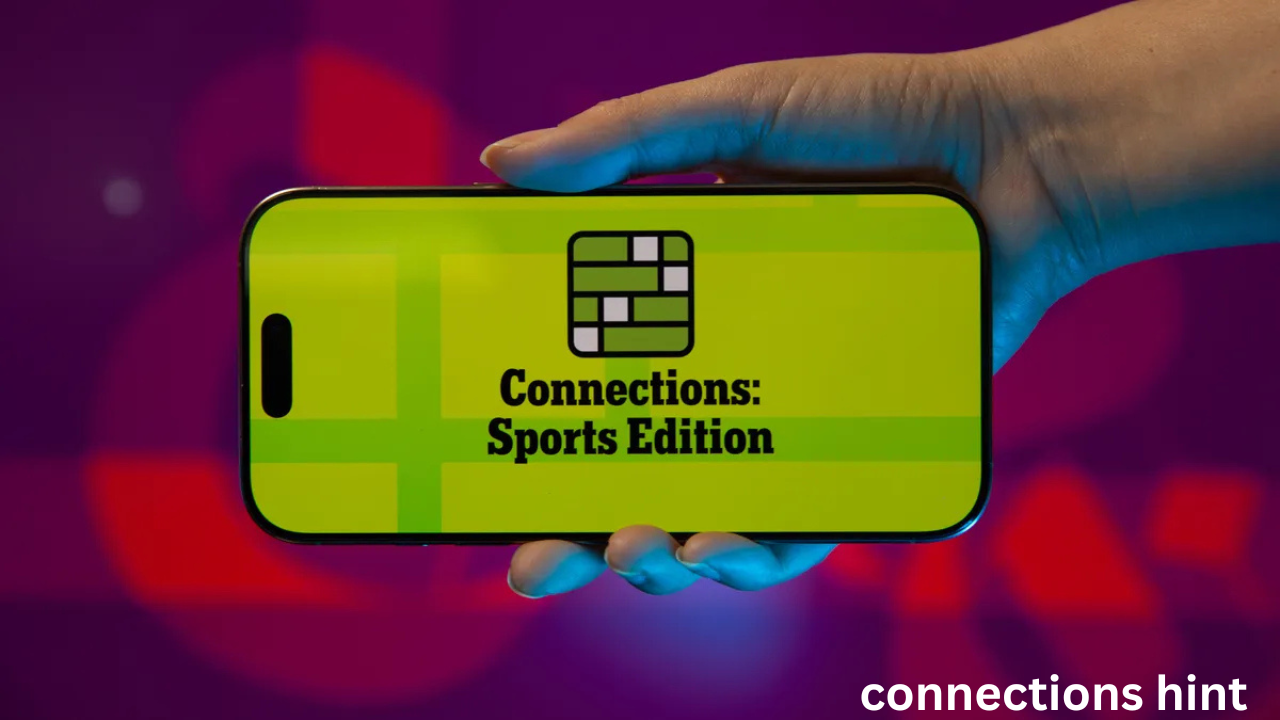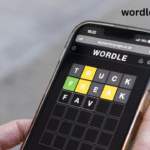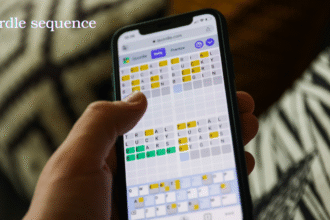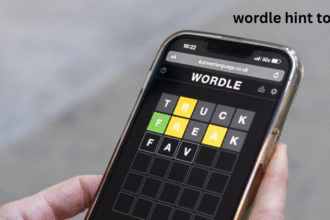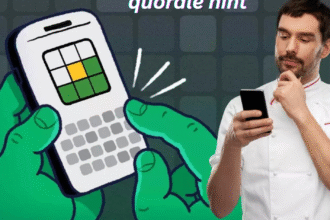In a world increasingly driven by problem-solving and interpersonal networking, the concept of “connections” takes on multifaceted significance. Whether you’re engrossed in a challenging logic puzzle, building a robust professional network, or deciphering cryptic clues in your favorite app, the notion of a “Connections Hint” often becomes pivotal. But what exactly does this term encompass? In its simplest form, a connections hint serves as a subtle nudge, helping you link ideas, patterns, or even people to unlock new opportunities or solutions.
Understanding how to interpret and leverage hints is an essential skill in both recreational and professional contexts. The power of a well-placed hint can make the difference between stagnation and breakthrough, turning frustration into enlightenment. This article delves deep into the world of connections hints, offering you a comprehensive guide to understanding their role, the strategies for using them effectively, and the challenges you might encounter along the way. Whether you’re a puzzle enthusiast, a networking novice, or simply curious about the psychology of problem-solving, this guide is tailored to expand your horizons.
We’ll explore the underlying principles of connections, examine real-world and digital examples, and share actionable techniques to maximize your success. By the end of this article, you’ll be equipped with the insights needed to master the art of using hints, transforming your approach to puzzles, games, and human connections alike.
Understanding the Concept of Connections
Connections are the invisible threads that weave together ideas, people, and systems. In the realm of logic puzzles and brain teasers, a connection often refers to the relationship between different clues or elements that must be deciphered to arrive at a solution. For instance, in games like The New York Times’ popular “Connections,” players must categorize seemingly unrelated words into groups that share a common link. Here, recognizing patterns and making associations is key to cracking the code.
Beyond the digital sphere, connections also play a vital role in social and professional landscapes. In networking, connections refer to the relationships we build with others—whether colleagues, mentors, or acquaintances. These relationships can open doors to new opportunities, provide valuable insights, and foster collaboration. Understanding how to form and nurture these human connections is as critical as solving a tricky puzzle, requiring empathy, observation, and a willingness to engage.
Different types of connections exist across various fields. Cognitive connections involve linking ideas and concepts in a logical or creative manner, a skill essential in both academic and everyday problem-solving. Human connections revolve around interpersonal relationships, where trust, communication, and mutual benefit are paramount. Meanwhile, digital connections include the algorithms and networks that underpin online interactions, such as social media platforms or professional networking sites like LinkedIn. By appreciating the diverse nature of connections, we can better navigate both intellectual challenges and social interactions, enriching our personal and professional lives.
The Role and Importance of Hints
Hints serve as guiding lights in the complex labyrinth of problem-solving and networking. In puzzle games, hints are designed to provide subtle assistance, steering players toward the correct answer without giving it away outright. This balance is crucial; a good hint should neither be too obvious nor too obscure, allowing the user to maintain a sense of accomplishment upon solving the challenge. The psychology behind using hints is fascinating—research shows that a well-timed hint can enhance learning, boost motivation, and increase the likelihood of success.
In digital games like “Connections,” hints often appear when players hit a roadblock, offering just enough guidance to keep the game engaging. These hints might highlight a specific clue, suggest a category, or eliminate incorrect options, subtly directing attention without diminishing the challenge. The effectiveness of hints in such contexts hinges on their ability to provide clarity while preserving the game’s intellectual rigor.
Hints aren’t confined to puzzles; they play a pivotal role in real-life networking as well. In professional settings, hints often come in the form of subtle cues—body language, tone of voice, or even a carefully chosen word. Being attuned to these hints can help you read between the lines, identify hidden opportunities, and navigate complex social dynamics. For instance, a colleague’s casual mention of a project might hint at a future collaboration opportunity, while a recruiter’s nuanced feedback could guide your next career move. Recognizing and interpreting these real-world hints is an invaluable skill that enhances your ability to connect meaningfully and strategically.
Strategies for Using Hints Effectively
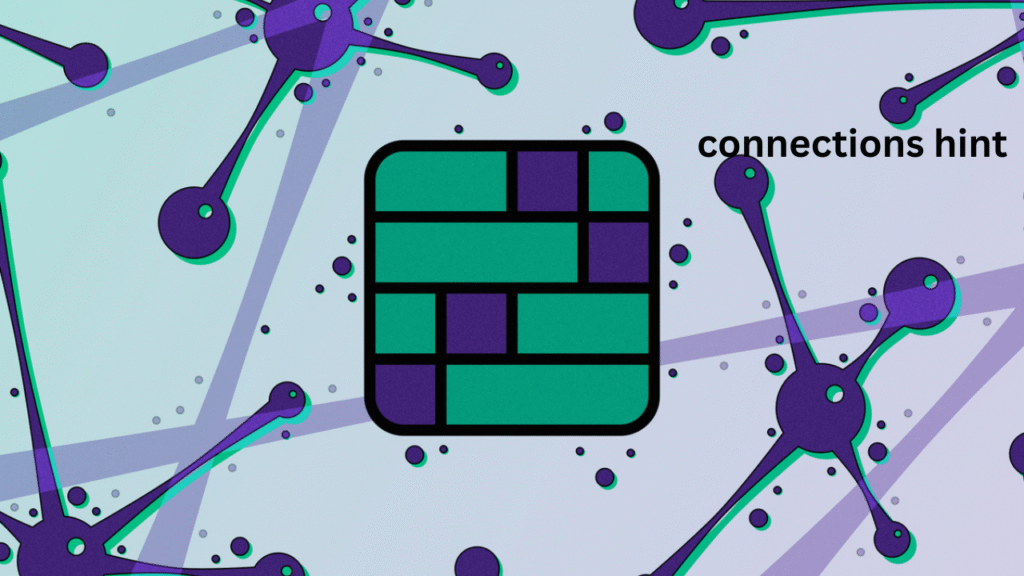
To harness the full potential of hints, it’s essential to approach them with the right mindset. A common mistake is to view hints as a crutch, relying on them too heavily and diminishing one’s problem-solving abilities. Instead, think of hints as tools—enhancements to your existing skills rather than replacements. Cultivating a balance between independence and guidance ensures that you remain in control of your learning or networking journey while benefiting from occasional nudges in the right direction.
Maximizing the utility of hints requires a methodical approach. Start by analyzing the hint carefully—what specific element is it drawing your attention to? Break down the problem into smaller parts and assess how the hint applies to each segment. For instance, if a hint suggests that certain words belong to a “sports” category in a puzzle, systematically test each word for its relevance, ruling out unlikely candidates. This process not only sharpens your critical thinking but also trains you to identify patterns more effectively in the future.
In the realm of human connections, the same principles apply. Pay close attention to context clues during conversations or networking events. Subtle cues like a speaker’s emphasis on certain topics, shifts in body language, or recurring themes in discussions can serve as invaluable hints about their interests, needs, or future plans. Practicing active listening and keen observation allows you to pick up on these signals, positioning you as a perceptive and responsive conversationalist—qualities that can significantly enhance your professional relationships.
Common Challenges and How to Overcome Them
Even the most seasoned puzzle solvers and networkers encounter challenges when working with hints. One of the most common frustrations arises when hints seem unhelpful or fail to provide the expected clarity. In such cases, it’s important to reassess your approach. Sometimes, the issue lies not with the hint itself but with a misinterpretation or an overlooked aspect of the problem. Take a step back, revisit the basics, and consider alternative perspectives to uncover new angles.
Another challenge is dealing with misleading or vague hints, which can lead you down the wrong path and increase frustration. Learning to identify potential red herrings is crucial here. Trust your instincts and don’t be afraid to set aside a hint if it seems to complicate matters unnecessarily. In both puzzles and networking, not every clue is worth pursuing, and discernment is key to maintaining focus and efficiency.
Information overload presents yet another obstacle. With an abundance of hints, clues, and signals, it’s easy to feel overwhelmed or lose sight of the bigger picture. Developing strategies to filter out noise and prioritize actionable insights helps maintain clarity. For example, in a networking context, focus on high-quality interactions rather than trying to connect with everyone indiscriminately. By honing your ability to navigate these challenges, you’ll become more adept at leveraging hints to achieve your goals effectively and confidently.
Conclusion
Mastering the art of connections, whether in games or real life, is a journey that blends logic, observation, and intuition. Hints serve as invaluable allies along this path, offering guidance without diminishing the satisfaction of discovery. By understanding what connections are, recognizing the value of hints, and applying thoughtful strategies, you can enhance your problem-solving abilities and build stronger, more meaningful relationships.
Embracing the challenges that come with interpreting hints not only sharpens your cognitive skills but also deepens your understanding of human dynamics. As you continue to navigate puzzles and social networks, remember that each hint is a stepping stone toward greater insight and connection. Use them wisely, stay curious, and watch as new opportunities unfold before you.
FAQs
What is a “Connections Hint” in puzzle games?
A Connections Hint in puzzle games is a subtle clue that helps players identify relationships between different elements, guiding them toward the correct solution without directly revealing it.
How can I tell if I’m over-relying on hints?
If you find yourself seeking hints frequently before attempting to solve a problem independently, it may indicate over-reliance. Aim to use hints as a last resort to foster self-reliance.
What are the best strategies for interpreting vague hints?
Break down the hint into smaller components, consider its context, and test various hypotheses systematically. Patience and analytical thinking are key to decoding vague hints.
Are hints always beneficial in solving puzzles or making connections?
While hints can be highly beneficial, overuse or misinterpretation can hinder progress. It’s essential to balance hint usage with independent problem-solving.
How do hints differ between digital puzzles and real-life networking?
In digital puzzles, hints are explicit clues provided by the system, whereas in real-life networking, hints are often subtle cues like body language, tone, or contextual signals that require keen observation to interpret.
You May Also Read: https://techbusinessus.com/crack-streams/
